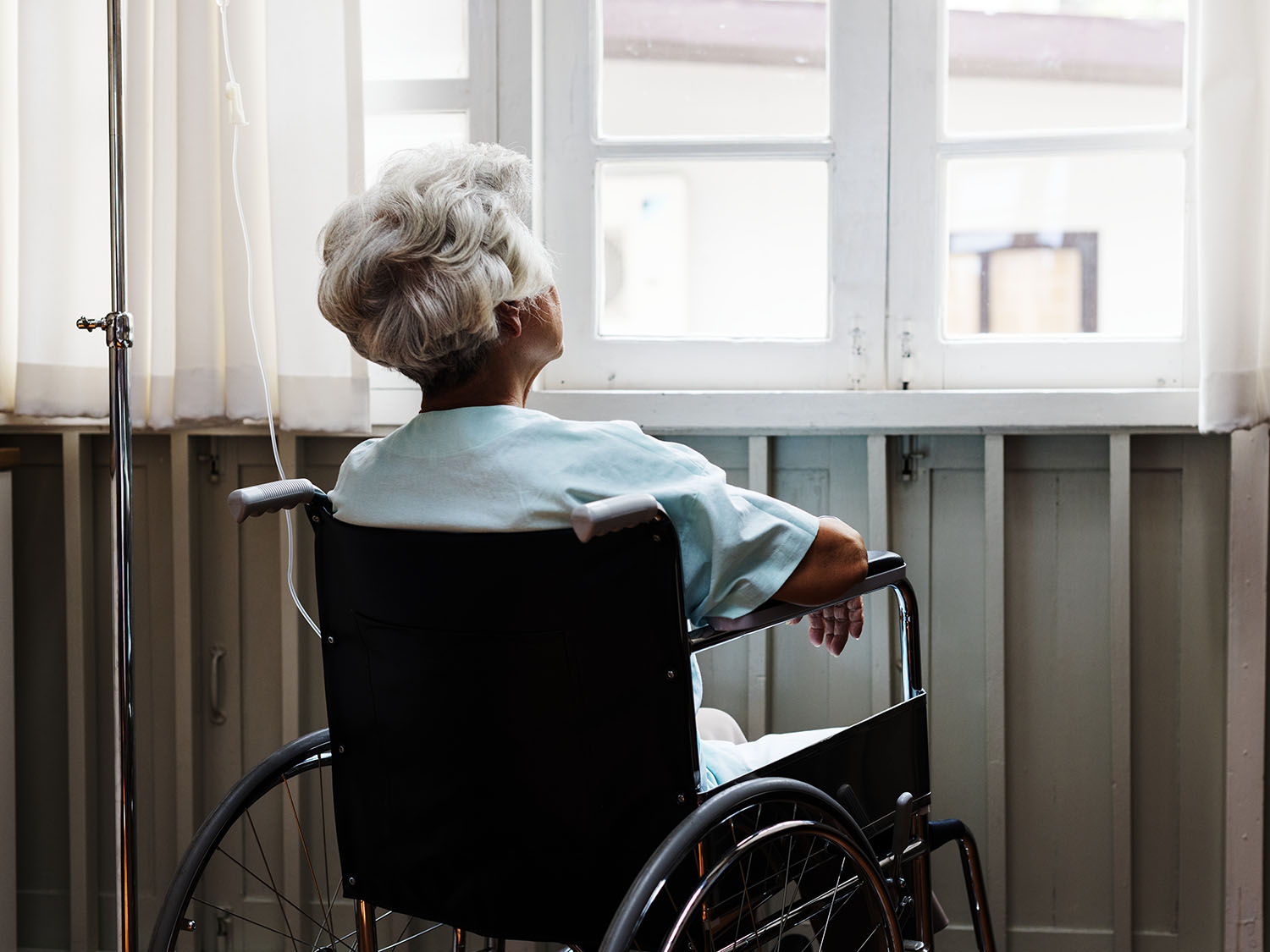Post-Op Delirium: What It Is, Who’s At Risk & What You Can Do About It
If you’re tasked with caring for an elderly patient or loved one during their surgery and recovery experience, there are a number of things to plan for and consider—and post-op delirium might just be toward the top of that long list. Today, then, we’re breaking down all you need to know about this common post-op phenomenon, including which patients are at a high risk and what steps you can take to help curb its occurrence. Read on for our top tips!

What is post-op delirium?
Post-op delirium (also known as “POD”) is a form of delirium seen in patients who have undergone anesthesia for a surgical procedure. While it’s extremely common to feel groggy and confused upon waking from anesthesia, post-op delirium is something far different from the typical post-anesthesia “fog”—and it typically peaks anywhere from 1-3 days after the patient’s operation. There are three main types of post-op delirium:
- Hyperactive delirium occurs when a patient is irritable, restless, combative, or agitated.
- Hypoactive delirium occurs when a patient is overly lethargic and has decreased alertness and decreased motor activity.
- Mixed Hyperactive/Hypoactive delirium is the third type of post-op delirium that has symptoms of both hypoactive and hyperactive delirium.

How common is post-op delirium and who’s at risk?
According to a PubMed Central article, post-op delirium rates tend to vary greatly, ranging from 9-87% depending on the age of patients and the type of surgery. There does seem to be a link between high-stress procedures and post-op delirium, though, as we know that “low operative stress procedures such as cataract surgery result in delirium in 4% of cases in comparison to high surgical risk procedures such as vascular operations which result in delirium in 36% of cases.”
Age also plays a major role in post-op delirium, and older adults tend to be at a higher risk. In fact, up to 50% of older adults who undergo surgical procedures develop delirium. According to MD Edge, this is for two main reasons: when they undergo anesthesia, older patients have a reduced capacity for homeostatic regulation (essentially, homeostatic regulation is the body’s ability to maintain physiological balance); and age-related changes in a patient’s brain chemistry and metabolism can also increase the likelihood of adverse drug effects, including delirium.
What causes post-op delirium?
While the exact cause of post-op delirium is unknown, risk factors include: pre-existing psychiatric conditions, dehydration, medication/medication withdrawal, alcohol abuse, malnutrition, older age, and sensory impairments like deafness or blindness. Pre-existing dementia, according to PubMed Central, also appears to be “the strongest predictor for the occurrence of postoperative delirium.”

How can it be addressed?
Post-op delirium can be addressed through a variety of avenues—and a mix of preventative measures, environmental support, and the use of pharmaceuticals if necessary:
- Preventative Measures: If you’re in charge of taking care of an elderly patient who’s undergoing surgery, the best thing you can do is to take proactive measures to help prepare for and/or prevent post-op delirium. Talk to the patient’s doctor about their risk for post-op delirium, and be sure to let the doctor know if the patient has a history of dementia or delirium. You also want to ensure the patient is well hydrated, as dehydration can exacerbate delirium.
Also, according to PubMed Central, “Nonessential catheters such as foleys, nasogastric tubes, or multiple intravenous access lines should be avoided because their presence is linked to an increased risk of delirium.” If you’re concerned the patient is at a higher risk for delirium, talk to their doctor about avoiding the use of nonessential catheters.
- Environmental Support: Ensuring a patient is familiar and comfortable with their surroundings is key. Things like helping them maintain a grip on whether it’s day or night (which can be hard to do on their own in a hospital room with no windows) and allowing them to have easy access to any hearing or visual aids they may need are both great ways to help curb the occurrence of post-op delirium. If they are experiencing post-op delirium, make sure the room is safe for them and that there’s nothing nearby that they could possibly trip on, fall over, or hurt themselves with.
According to an article in PubMed Central, implementing an orientation protocol to help the patient become familiar with their surroundings and care team members, as well as implementing a sleep protocol to help the patient get uninterrupted sleep at night, both can help with post-op delirium. Early mobilization can also help, so make sure you’re helping your patient move around—or even just practice their fine motor skills—as soon as is deemed safe after surgery. If they’re able to get up and walk around the hospital floor for a little change of scenery, even better!
- Pharmaceuticals: If your doctor notices post-op delirium in the patient, she may prescribe medications to help. Neuroleptic agents (antipsychotics) tend to be the most popular and effective choices for combating post-op delirium.

Overall, when it comes to post-op delirium, arming yourself with knowledge and talking openly with your physician are the two best things you can do for the patient you’re charged with taking care of.
Want even more pre-surgery tips? Browse the rest of our blog for pre-op information, helpful nutrition advice, and pro medical tips for ensuring your procedure—and recovery—are the best they can be.


